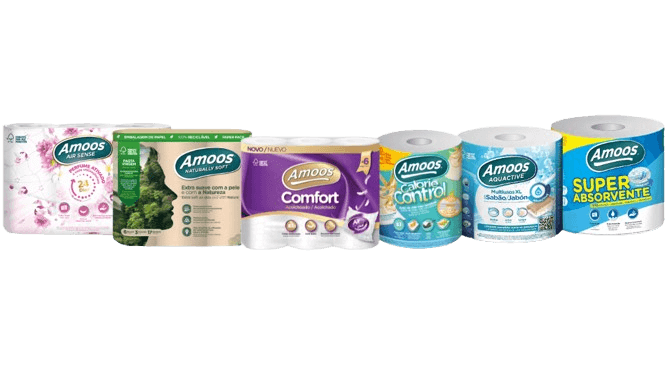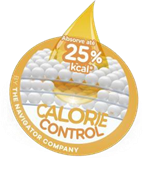Originating from China and with many years of history, toilet paper has characteristics that differentiate it from other types of paper such as its easy decomposition, suitable for sanitary use.
Seth Wheeler has officially become known as the inventor of the toilet paper roll as we know it today.
What are the main characteristics that consumers look for in a toilet paper?
One of the main problems faced by early toilet paper users was the presence of tiny wooden splinters in the paper. That is unthinkable today, thanks to advances in technology, but in the early years of toilet paper commercialization was somewhat common. The problem was caused by the early manufacturing processes' inability to remove all the wood chips from the trees, and consequently the paper could contain tiny wooden splinters that could cause discomfort when in contact with the skin.
As a result, toilet paper production was a process that took a long time to perfect.











